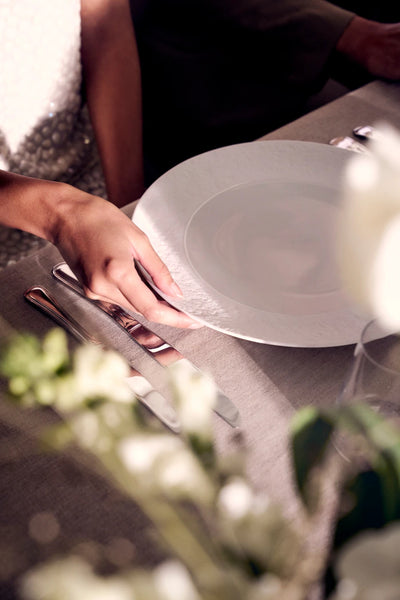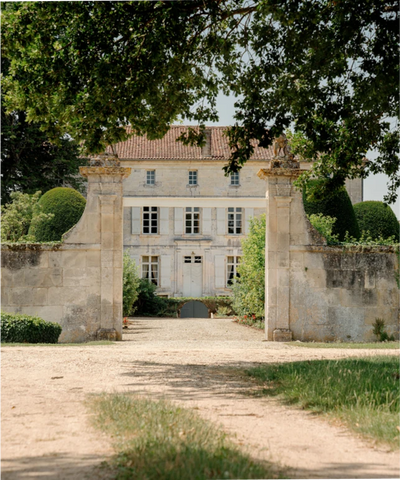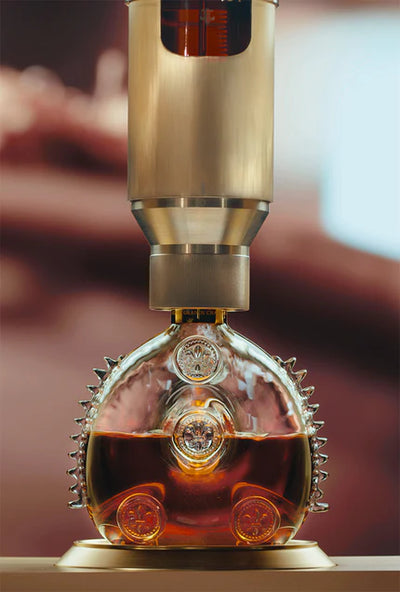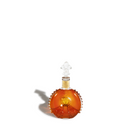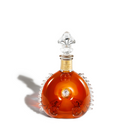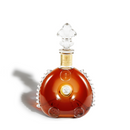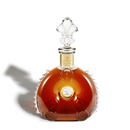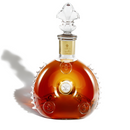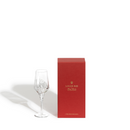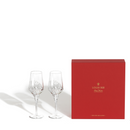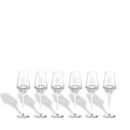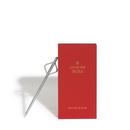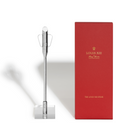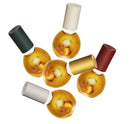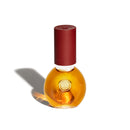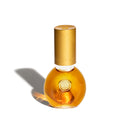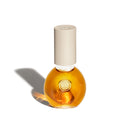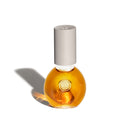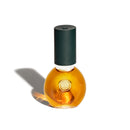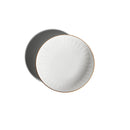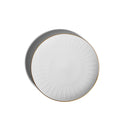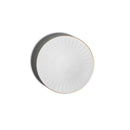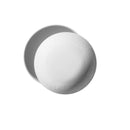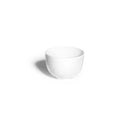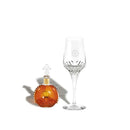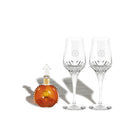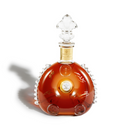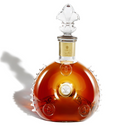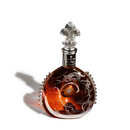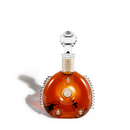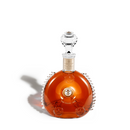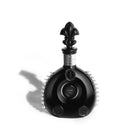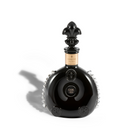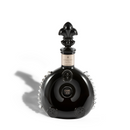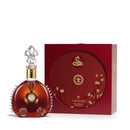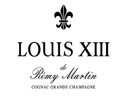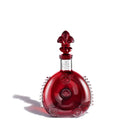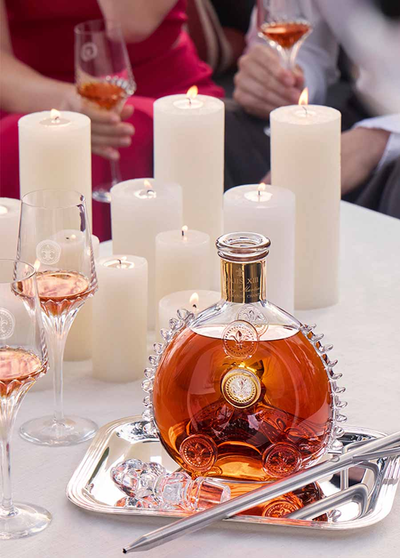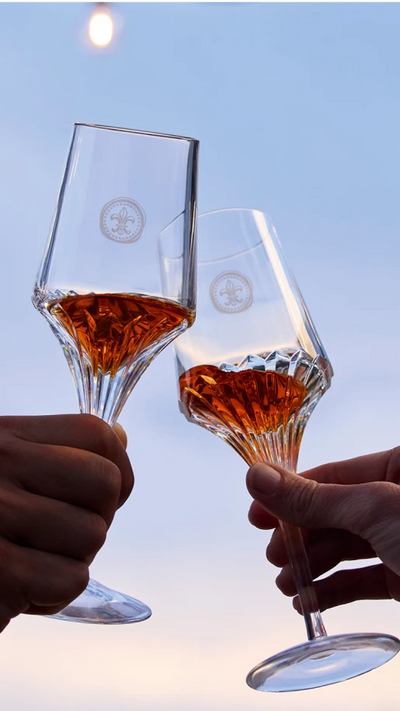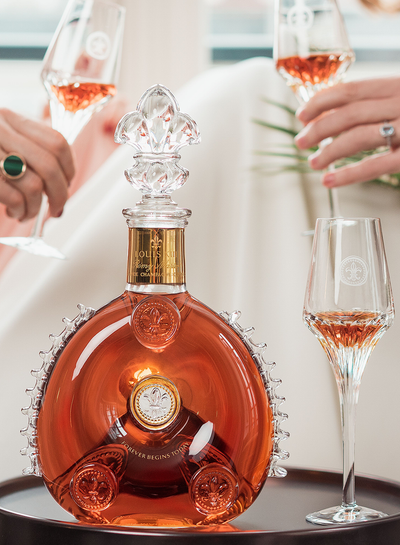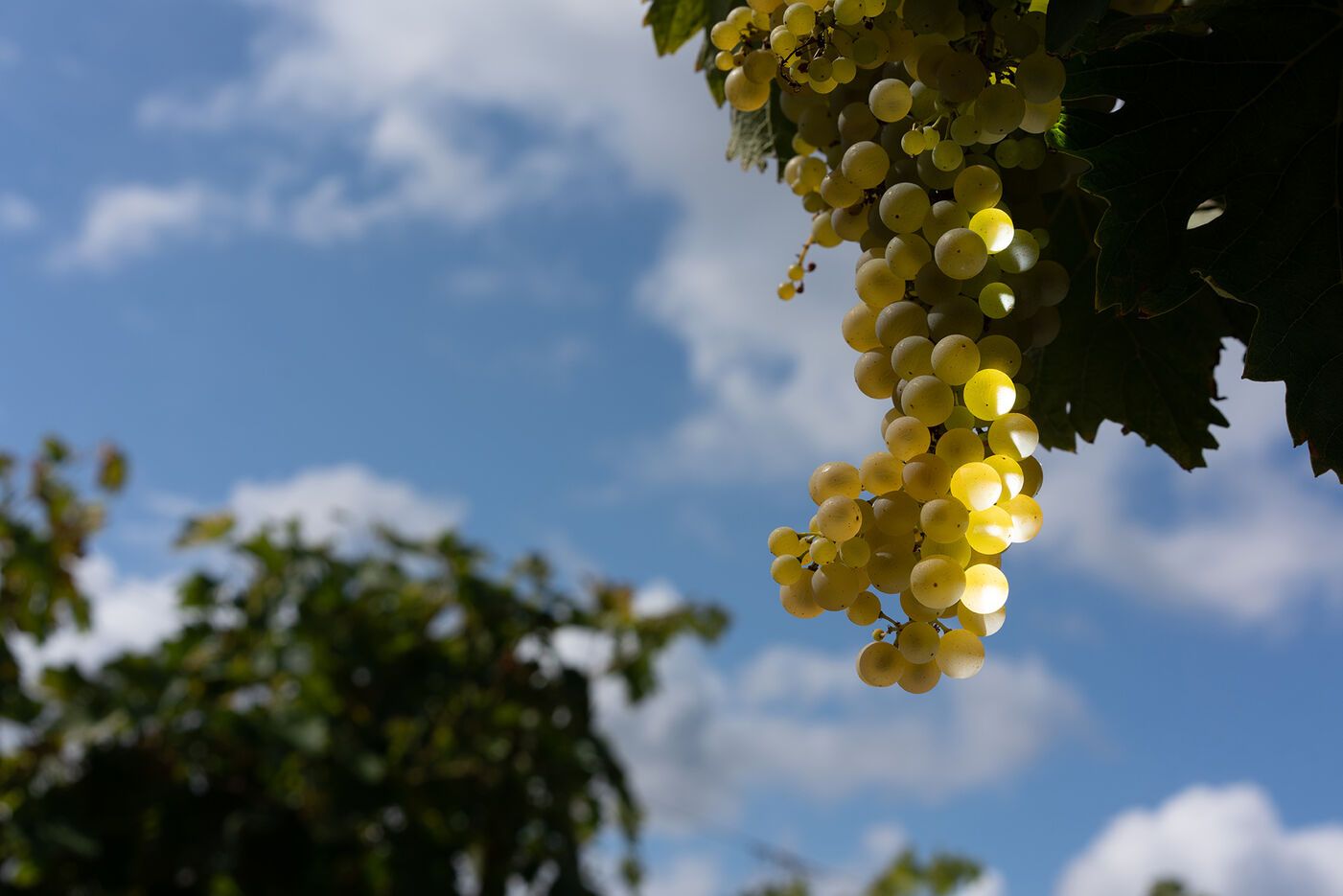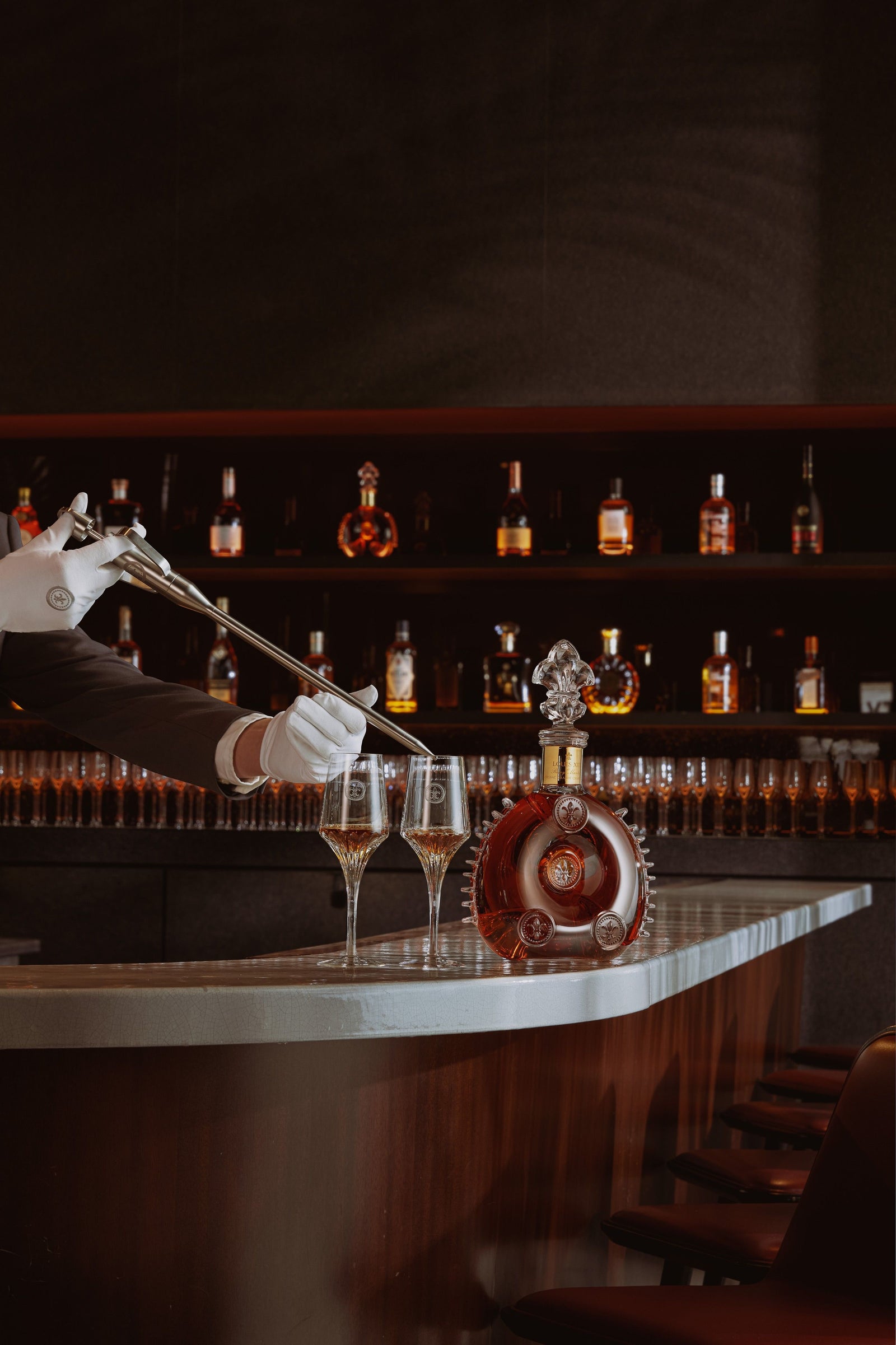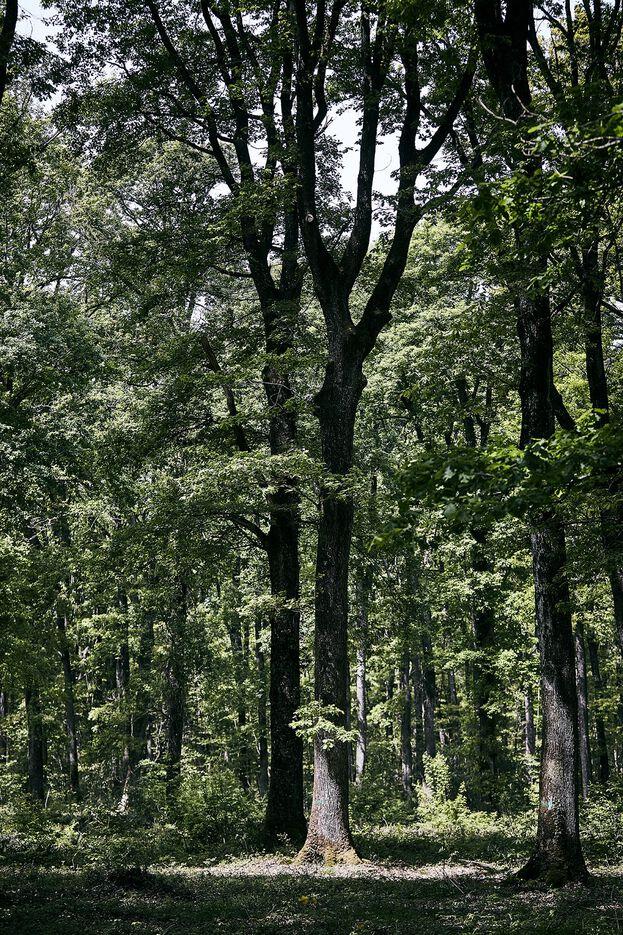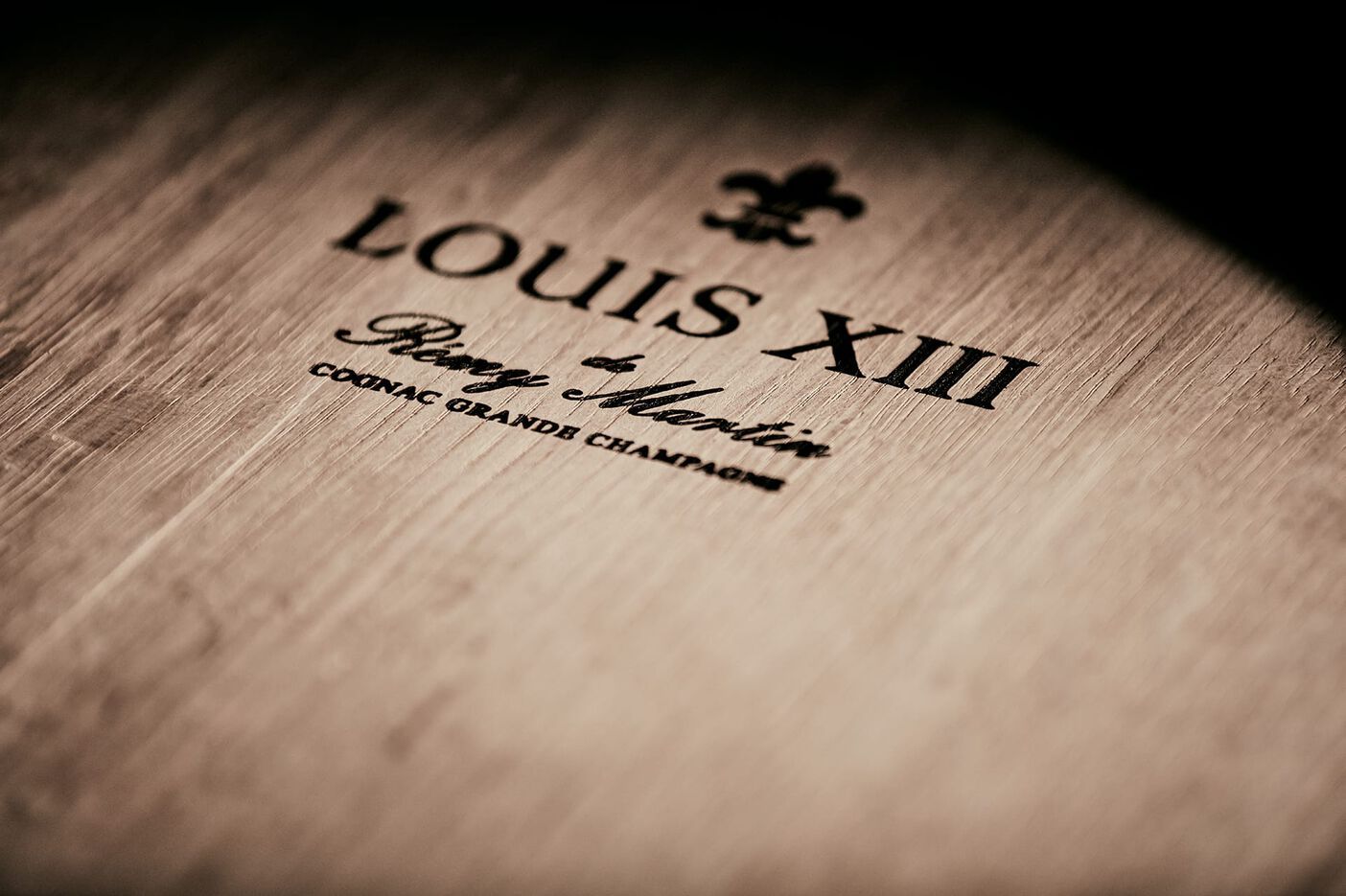
The terroir
The Cognac Grande Champagne is known to be a grape-growing region of the highest quality; its terroir is what gives LOUIS XIII Cognac its distinctive taste. A terroir encompasses soil, climate and topography, which collectively create the ecosystem to which the vine belongs. In the case of the Cognac Grande Champagne, the terroir is defined by its chalky soils, as well as a climate influenced by the proximity to the Atlantic Ocean, factors that are ideal for growing exceptional grapes.
The notion of terroir also encompasses winegrowing practices: a winegrower’s choices affect both the quantity and quality of the grapes. Deciding on the correct time to harvest grapes is an expert skill and essential to producing wine that will offer eaux-de-vie of the highest quality.

Grape harvest
Time is of the essence when it comes to the grape harvesting process. The grapes destined for LOUIS XIII Cognac have to be harvested as soon as they reach optimum aromatic maturity: Cellar Master, Baptiste Loiseau, and the winegrowers regularly taste the grapes, checking levels of sugar and acidity to decide when the moment for harvest is right.
Once harvested, the fruit is then pressed to obtain a must that will be left to ferment naturally. Fermentation produces a white wine with specific qualities for distillation: it needs to be dry, acidic and with a low alcohol content. In subsequent months, the wine is distilled to create eau-de-vie. The Cellar Master and a tasting committee will then blind taste all the eaux-de-vie in order to select those that will be aged in oak barrels: time will transform the liquid.
The grape harvest belongs to the annual cycle. In the 1950s and ’60s, harvesting grapes for wine would take place in October. Nowadays, the grape harvest of early-maturing vine varieties takes place from the end of August and lasts for about a month. The fact that the grape harvesting process is earlier than ever before is partly due to technological advances, but largely due to climate change.
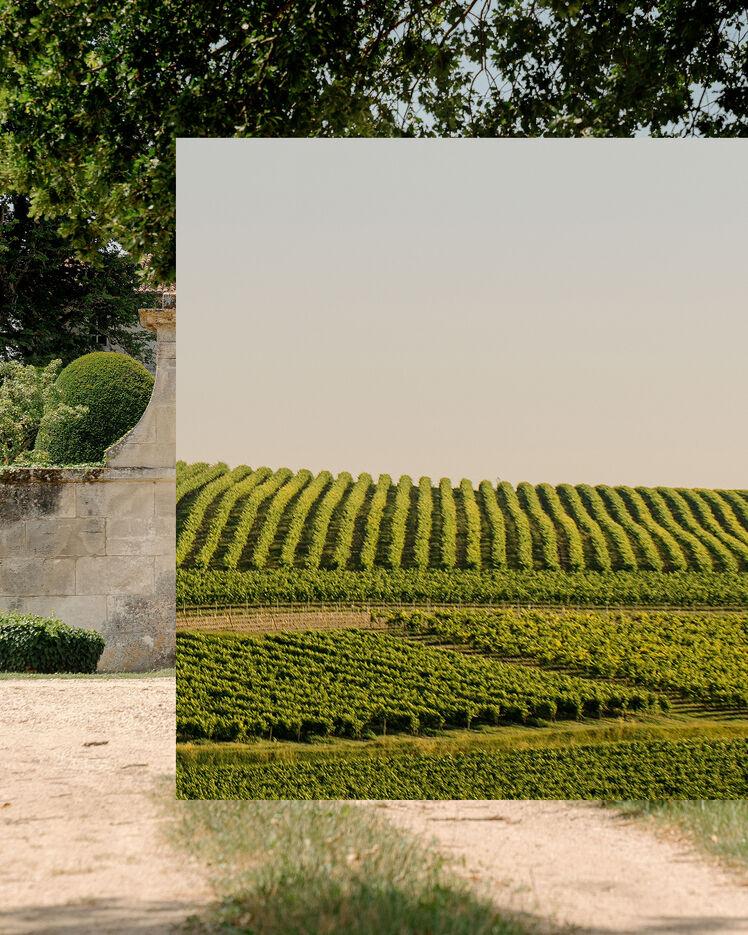
A photo of combined photos: a wineyard and a fragment of a gate
A sustainable approach
Faced with changes to the grape harvesting process, LOUIS XIII and the House of Rémy Martin are preparing for the future. A sustainable approach is driven by the House’s CSR program. Practical measures include a commitment to High Environmental Value certification, which was established to prioritise more environmentally friendly methods in agriculture and viticulture. The House of Rémy Martin is working with winegrowers to implement these practices, and together they are setting out to preserve biodiversity, implement better water management, use crop fertilisation strategies and reduce the use of phytosanitary products.
The House of Rémy Martin is also investing in Research & Development to measure and adapt to the effects of climate change. In Cognac, the grape variety Ugni Blanc is in high demand. Because this variety is now ripening sooner, the House of Rémy Martin has started to grow four other grape varieties on its estate as a test. Experts are examining whether these varieties are more resistant to common diseases and whether they are better suited to the growing conditions of the future, including earlier harvests. The answer to whether these varieties can produce LOUIS XIII’s exceptional liquid is being expertly uncovered.
These measures are all part of a wider mission to look ahead and anticipate. The actions of today ensure the longevity of LOUIS XIII for the future.



